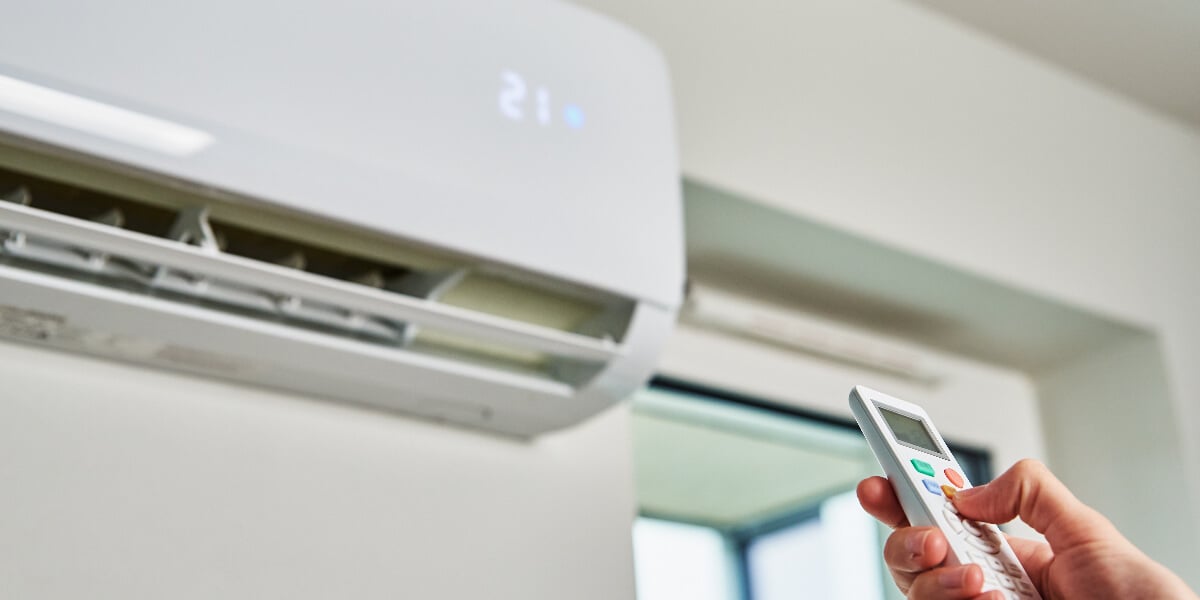Why ductwork cleaning in hospitals is vital
A 2017 study by the British Medical Journal highlighted that most London hospitals and clinics are situated in areas that exceed air pollution limits. As a result, health professionals have to care for patients in hospitals where air pollution could aggravate existing illnesses.
This inspired London Mayor Sadiq Khan to install hospital air quality pollution monitors, which facilitate giving patients advice such as which hospital entrances have the lowest pollution levels. While hospitals cannot influence the air quality outside their walls, they can promote effective ventilation for controlled, contamination-free environments.
This involves taking decisive action and cleaning heating, ventilation, and air conditioning (HVAC) systems to improve indoor air quality for both patients and healthcare workers.
Dirty ductwork can cause healthcare-associated infections
Hospitals are focal points for the development and spread of MRSA and other microorganisms. Dirt, dust, and debris build up on every surface, which is easy to clean on floors and walls as it is generally visible; however, these contaminants go unnoticed in hospital ductwork.
Leaving ductwork uncleaned is likely to contribute to the development and spread of healthcare-associated infections (HCAIs). Covid-19 refocused the importance of cleaning and maintaining ventilation systems, but there has always been a need—the flu and common cold both spread through dirty ventilation systems, for example.
Changing the filters regularly, while commendable, is insufficient as filters do not prevent bacteria growth. This must be carried out in tandem with regular ductwork cleaning to have the best chance of reducing the growth of bacteria and the subsequent reduction of associated infections.
The reason for this is because, in air conditioning and heating systems, the temperature and humidity levels, coupled with materials conducive to the development of microorganisms, is a dangerous mix. If the ducts remain uncleaned, they become an ideal breeding ground for MRSA and Clostridium difficile.
While, historically, hospitals have paid much attention to stopping the spread of infections and viruses through disinfection, serious focus on regularly cleaning ductwork has only been a priority for the past few years.
Health Technical Memorandum 03-01 Specialised ventilation for healthcare premises
Health Technical Memorandum, released in July 2021, provides comprehensive guidelines on the legal requirements, routine testing, and maintenance of specialised ventilation in healthcare premises.
In general, the memo stipulates that all ventilation systems should be inspected annually to ensure conformity with minimum standards required by the Building Regulations. Specifically,
ventilation systems should not contain any material or substance that could support the growth of microorganisms.
Here are several of the key takeaway points relating to cleaning ventilation systems:
- Visible particles should be removed from the intake section of a ventilation system.
- AHUs should be vacuumed-out and wiped or washed down internally to remove dust and dirt.
- Drift eliminators (if fitted) should be removed, and cooling coils, humidifier units, energy-recovery devices, and their drainage systems should be washed down with hot water annually to remove visible contamination.
- Extract air systems should be cleaned as frequently as necessary in order to maintain their operating efficiency. Room extract terminals, particularly those sited at low levels in critical care areas, will need regular cleaning.
- If, after duct cleaning, there are persistent problems with fungal spores being discharged from the supply terminals and there is no evidence of final filter bypass, air samples should be taken at the AHU intake, AHU discharge and at least one supply terminal in each branch of the system.
Overcoming the problem with ductwork cleaning in hospitals
Hospitals are busy places, and managers are understandably reluctant to carry out activities that may disrupt patient care. However, not taking the time to clean ducts is likely to backfire and negatively impact patients, particularly those susceptible to airborne infection risks.
It is undoubtedly true that special arrangements have to be made to access and deep-clean ductwork; however, careful planning can certainly minimise disruption whilst prioritising patient treatment.
For example, last year, the government invested £600m in NHS hospitals across England as part of the ‘build back better’ campaign to carry out refurbishments, including new electrics and upgraded ventilation systems. Refurbishments are the perfect time to focus on improving the air quality for patients and staff.
Cleaner ducts—greener hospitals
Hopefully, we have demonstrated the health benefits of ductwork cleaning; however, regular cleaning is also advisable for reasons other than sanitation. The U.K. government has made significant pledges regarding its sustainability and ‘Net Zero Carbon’ targets, and the country will be under the microscope this year as part of the Glasgow COP 26.
Healthcare contributes to approximately 5.4% of U.K. greenhouse gases, and the NHS has acknowledged it has a role to play in contributing to the country’s long-term sustainability. NHS England will be presenting a paper at the COP 26 that considers how it can make significant changes.
Dirty ventilation systems are inefficient as they can increase energy consumption by up to 60%. This is because dirty ducts, coils, and filters increase the fan’s resistance, consuming a large amount of energy.
And this does not take into consideration that HVACs, which could, in part, be caused by dirty systems, can account for 70% of a hospital’s energy costs.
Cutting energy costs should be at the forefront of the NHS’s plan to tackle climate change, and duct cleaning can certainly contribute in this regard.
Cleaner ducts save money
NHS England’s 2020/21 budget was £129.9 billion and there is always a need to make savings. Regularly cleaning ductwork and removing blockages will noticeably reduce electrical energy used by air conditioning and heating systems due to improved airflow costs—which will positively have an impact on costs.
Additionally, prevention is the best cure, so carrying out maintenance to make sure the air correctly moves through the ductwork will reduce future repair costs and increase the system’s lifetime. If air cannot pass through freely, the system will have to work much harder, which means it costs considerably more to run.
Conclusion
Unlike cleaning ducts in restaurants, cleaning hospital ventilation systems is not a simple task because it’s not easy to shut a hospital down for a day. However, the benefits of clean ducts in preventing HCAIs, reducing energy costs, and making hospitals greener far outweigh the inconvenience. Careful planning and using refurbishments are two ways to schedule a time to clean the air that patients and staff breathe.
Topics: Ventilation Hygiene & Testing

Written by Robert Wollerton
Robert has 20 years of experience in the air and water compliance industry. He has sound technical knowledge of ductwork cleaning, hygiene inspections, fire damper testing, and remedial works. His areas of expertise also include TR/19 regulations and the compliance requirements of BS9999.




